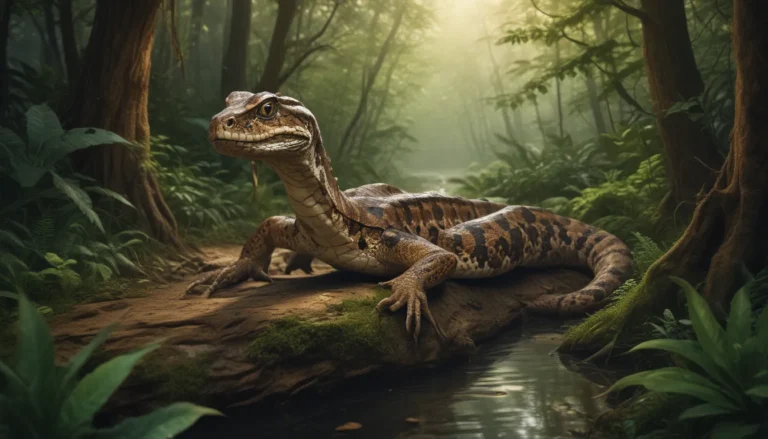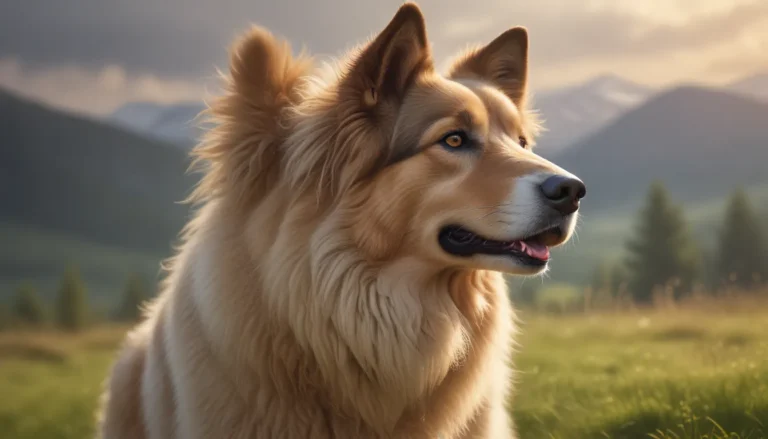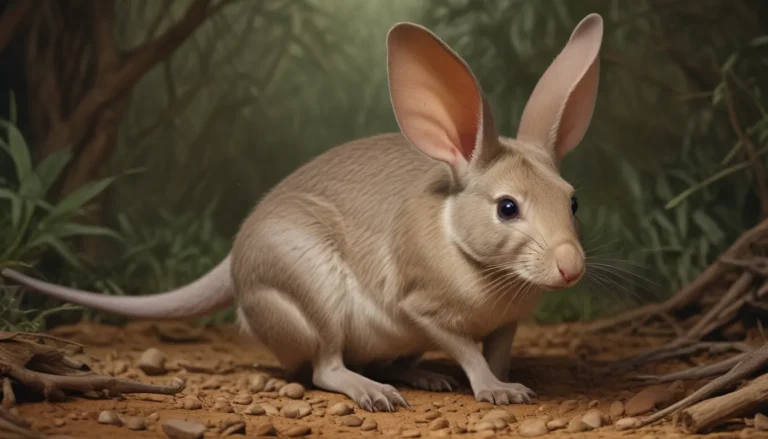The pictures we use in our articles might not show exactly what the words say. We choose these pictures to make you interested in reading more. The pictures work together with the words but don’t take their place. The words still tell you the important facts.
Welcome to the mesmerizing world of the Iberian wolf, a captivating and emblematic creature that calls the Iberian Peninsula its home. With its unique features and behaviors, the Iberian wolf has intrigued animal enthusiasts and researchers alike. Join us as we embark on a journey to unravel the secrets of this majestic predator and explore 19 fascinating facts about the Iberian wolf, from its dietary preferences to its conservation status.
Unraveling the Iberian Wolf: An Overview
The Iberian Wolf: A Subspecies of the Gray Wolf
The Iberian wolf, scientifically known as Canis lupus signatus, is a subspecies of the gray wolf. Although slightly smaller in size than its larger counterpart, the Iberian wolf is equally powerful and intelligent, possessing unique attributes that set it apart.
Native Habitat of the Iberian Wolf
Inhabiting the rugged terrains and diverse ecosystems of the Iberian Peninsula, the Iberian wolf roams freely across the regions of Spain and Portugal. From dense forests to sprawling mountains, these majestic creatures have adapted to various habitats, showcasing their remarkable resilience.
Understanding the Iberian Wolf’s Lifestyle
A Glimpse Into Their Diet
The Iberian wolf's diet predominantly consists of wild ungulates such as deer, wild boar, and roe deer. Known for their proficient hunting skills and keen sense of tracking, these wolves play a crucial role in regulating the population of herbivores and maintaining a balanced ecosystem.
Social Dynamics of the Iberian Wolf
Similar to other wolf species, Iberian wolves live in hierarchical family units called packs. These tightly-knit groups typically include an alpha male and female, along with their offspring, showcasing strong family bonds and structured social dynamics.
Communication Through Howls
One of the distinctive features of the Iberian wolf is its iconic howl, which can be heard several kilometers away. These vocalizations serve as a means of communication within the pack, territory marking, and warning signals to potential intruders, adding to the mystique of these majestic creatures.
Conservation Efforts and Challenges
The Role of the Iberian Wolf in Ecosystem Preservation
As apex predators, Iberian wolves play a vital role in maintaining ecosystem balance by regulating herbivore populations and preventing overgrazing. Their presence is essential for the health and sustainability of the Iberian Peninsula's natural habitats.
Threats to the Iberian Wolf Population
Despite their significance in the ecosystem, the population of Iberian wolves faces threats such as habitat loss, human encroachment, and illegal hunting. Conservation efforts are paramount to ensure the survival of these endangered creatures and protect their habitats.
Legal Protection and Conservation Initiatives
Recognizing the importance of preserving this unique subspecies, the Iberian wolf is legally protected in both Spain and Portugal. Conservation initiatives and wildlife reserves aim to safeguard the habitats of these wolves and raise awareness about their conservation needs.
Delving Deeper Into the World of Iberian Wolves
Noteworthy Traits and Behaviors
- Iberian wolves exhibit a wide range of coat colors, ranging from light gray to dark brown or black, aiding in their camouflage within diverse environments.
- With a lifespan of around 10-12 years in the wild, Iberian wolves navigate various environmental risks and survival challenges throughout their lives.
- Active primarily during the night, Iberian wolves rely on their heightened senses of hearing and smell to hunt and navigate in the darkness.
Reproductive Patterns and Family Dynamics
- The mating season of Iberian wolves occurs between January and March, during which elaborate courtship rituals and strong bonds are formed between mates.
- Female Iberian wolves have a gestation period of around 60-63 days before giving birth to their offspring, highlighting the intricate reproductive cycle of these wolves.
- Known for their strong family bonds, both parents actively participate in raising wolf pups, imparting crucial survival skills and social behaviors to the younger members of the pack.
Embracing the Iberian Wolf’s Conservation Significance
A Symbol of Conservation Efforts
The Iberian wolf serves as an emblematic symbol of wildlife conservation in the Iberian Peninsula, representing the delicate balance of nature and the importance of preserving apex predators in the ecosystem. By protecting these wolves, we safeguard the biodiversity and vitality of the region's natural habitats.
Conclusion: Embracing the Wonders of Nature
In conclusion, the Iberian wolf captivates us with its allure, resilience, and vital role in ecosystem preservation. From their unique characteristics to their endangered status, there is much to appreciate and learn about these majestic creatures. Whether you're an avid animal enthusiast, a dedicated conservationist, or simply curious about the natural world, exploring the world of the Iberian wolf promises to be an enriching and awe-inspiring experience.
FAQs: Unveiling the Facts
Q: Where can I find the Iberian wolf?
A: The Iberian wolf primarily inhabits the northern regions of the Iberian Peninsula, spanning across Spain and Portugal.
Q: What does the Iberian wolf eat?
A: The diet of the Iberian wolf consists mainly of wild ungulates such as deer, wild boar, and roe deer, supplemented by smaller prey like rabbits and rodents.
Q: Are Iberian wolves aggressive towards humans?
A: Iberian wolves are generally shy and avoid interactions with humans, though they may display defensive behavior if threatened or their territory is encroached upon.
Q: Are Iberian wolves endangered?
A: Yes, the Iberian wolf is classified as an endangered species due to threats like habitat loss, illegal hunting, and human-wildlife conflicts.
Q: Can I visit Iberian wolf reserves?
A: Yes, several wildlife reserves and national parks in the Iberian Peninsula offer opportunities to observe and learn about Iberian wolves in their natural habitats.
Explore the enchanting world of the Iberian wolf and discover the wonders of nature that unfold in the vast landscapes of the Iberian Peninsula. By delving into the mysteries of these majestic creatures, we gain a deeper appreciation for the delicate balance of life and the importance of conserving our natural heritage. Join us in celebrating the wild beauty of the Iberian wolf and the invaluable role it plays in preserving the splendor of our planet.






